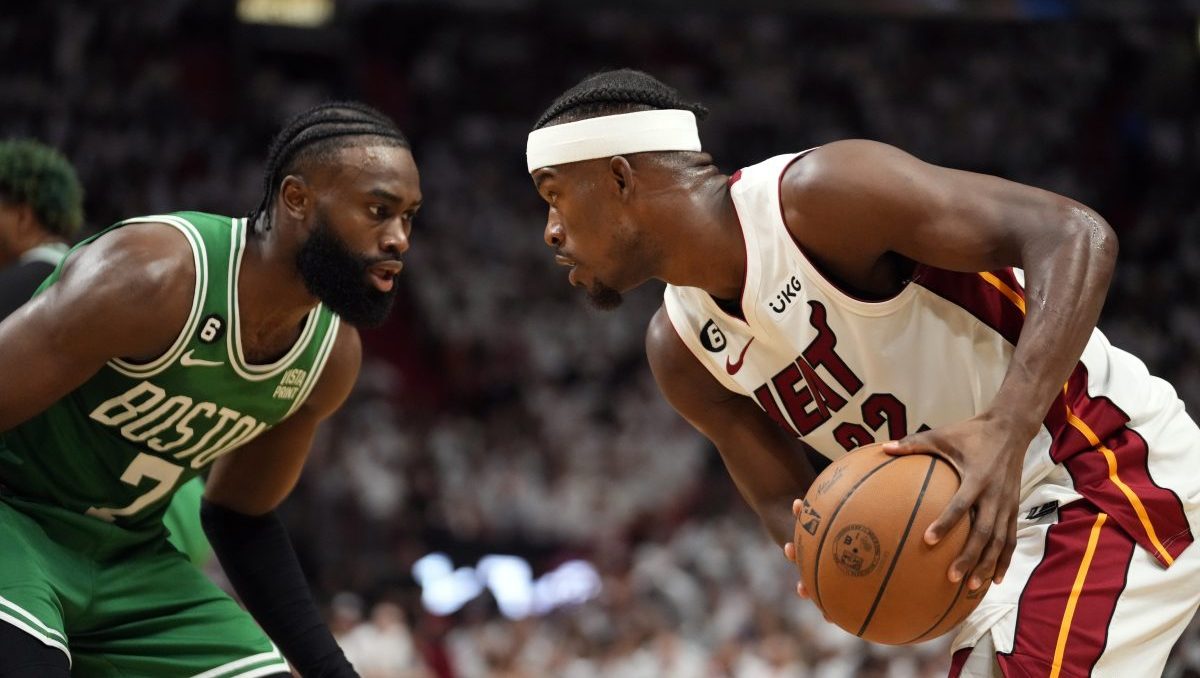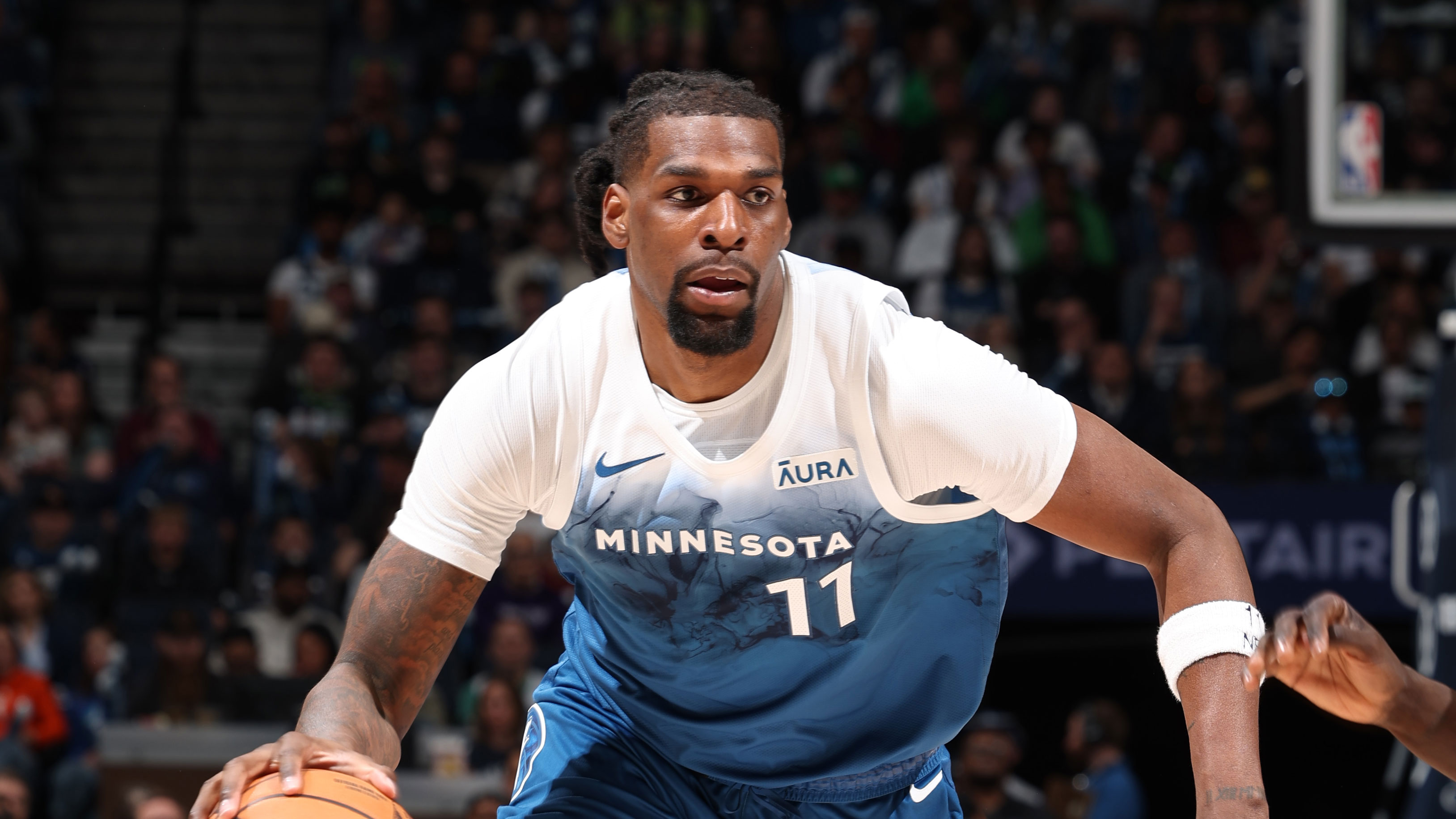
When the Bulls made – and hit on – their Joakim Noah selection in the 2007 NBA Draft it solidified the center position. Though free agent Ben Wallace patrolled the middle during Noah’s rookie season, and Drew Gooden did so for the early portion of Noah’s second season, the Florida product wound up grabbing the reins in the middle of the 2008-09 season and remained entrenched as the starter through 2015.
In that span he made two All-Star appearances, was named First Team All-NBA and won Defensive Player of the Year in 2014.
The Bulls rotated backups behind Noah in those years, bringing in players such as Brad Miller, Aaron Gray, Omer Asik and Nazr Mohammed to patrol the second unit’s defense. When Noah fell out of favor under Fred Hoiberg before suffering a season-ending shoulder injury two season ago, the Bulls filled that void with Pau Gasol, who had played alongside Noah in his first season (under Tom Thibodeau) at power forward. The Bulls moved on from Noah last year, dealing Derrick Rose to New York for a package that included Robin Lopez. Noah signed with the Knicks to replace Lopez.
Lopez was his usual solid self in his first season with the Bulls. He averaged 10.4 points, 6.4 rebounds and 1.4 blocks in 28.0 minutes, and perhaps most importantly appeared in 81 games (and all six in the postseason). Cristiano Felicio also continued his development into a serviceable backup, playing in 61 games.
Since drafting Noah in 2007 the Bulls have selected and kept 10 first-round draft choices. Of those, two were point guards (Rose, Teague), three were shooting guards (Butler, Valentine, McDermott), two were small forwards (Snell, Johnson) and three were power forwards (Gibson, Mirotic, Portis).
The Bulls are one of six teams that have not drafted one of the 45 centers in the first round since 2008 (DAL, LAC, LAL, NYK, ORL are the others). Noah’s presence allowed the Bulls to bypass many of those bigs, and even entering this offseason it’s likely Felicio, a restricted free agent, returns.
But at some point taking the best player available – something Gar Forman said he’ll do – must trump considering needs for the Bulls. For a team void on young talent, and even more so on athleticism, instant impact is no longer the most valuable attribute a player can have. Doug McDermott and Denzel Valentine, both accomplished seniors, were seen as players who could contribute to a team competing for the postseason, while Portis fell into the Bulls’ lap at No. 22 as a draft-day steal. Tony Snell was a junior and Jimmy Butler a senior, with freshman Marquis Teague sandwiched in between a franchise looking to compete.
NBA
The Bulls have needs in multiple areas: point guard and depth on the wing top the list. But if the right player becomes available – even a center – the Bulls need to consider it. Adding the best players regardless of position or age isn’t a sign of a rebuild or not playing to win; it’s a sign of improving your young talent pool, and the Bulls need that perhaps more than any other franchise.
Enter Jarrett Allen. The 6-foot-11 freshman didn’t become a household name in his lone season at Texas as the Longhorns struggled to an abysmal 11-22 record under Shaka Smart. But the five-star product from Austin put together an impressive campaign, averaging 13.4 points and 8.5 rebounds; his numbers impressively spiked to 16.2 points and 9.8 rebounds in Big 12 play.
Against the six Big 12 teams to make the NCAA Tournament, Allen averaged 15.6 points on 61 percent shooting and 9.8 rebounds in 13 games. His play improved as the competition did in his first and only season of college ball. In two meetings against Kansas he double-doubled in each game and combined to tally 42 points and 30 rebounds, including a whopping 18 offensive boards by himself.
Allen tested well at last week’s NBA Draft Combine. His vertical leap (35.5 inches), ¾ sprint (3.21 seconds) and shuttle run (3.00 seconds) all were first among centers, and his 7-foot-5 ¼ wingspan was fourth among all players. For what it’s worth (very little), he also had the longest hands (9.5 inches). It was rare to see a potential Lottery pick show up at the Combine, but Allen wanted to prove himself, which he did.
"It was important for me to come to show I'm more athletic than people think," he said.
Allen’s offensive game is raw – he admitted as much at the Combine – but his impact around the rim at both ends is impressive. All but 20 of his field goals came in the paint, although he converted those at a nearly 64 percent clip. In conference play he grabbed 3.2 offensive rebounds per game, and on the year ranked in the 80th percentile nationally scoring off offensive rebounds, per Synergy Sports Technology. A combination of strong hands and a soft touch at the rim made him a terror in the paint. He also runs the floor well, averaging 1.18 points per possession in transition, which ranked in the 73rd percentile nationally, per Synergy.
Allen has the length and intangibles that make him capable of becoming a great rim protector and defender. He blocked 2.0 shots per 40 minutes and committed just 2.3 fouls per 40 minutes in conference play. Both his block percentage and fouls-committed-per-40 were among the best in the Big 12.
He said at the Combine that a misconception of his game is that he’s not tough, and if he wants to make an immediate contribution in the NBA he’ll need to prove that. He's working out at IMG Academy during the pre--draft process, and something his coaches are stressing to him is lateral movement to help defend pick-and-rolls against guards.
"The first two years I'm going to have to be a defensive guy and bring energy," he said. "My offensive game isn't going to be as polished as it's going to be, so that's the only way I'm going to get on the court."
Allen won’t be the only center the Bulls could consider at No. 16. Creighton’s Justin Patton, Gonzaga’s Zach Collins and Wake Forest’s John Collins are all worthy of a look. But Allen has that combination of athleticism, production and upside (he won’t turn 20 until April) that the Bulls have been missing in recent years.
He would join a successful group of Longhorns to declare for the draft after their freshman seasons. The most recent include Kevin Durant, Avery Bradley, Cory Joseph, Tristan Thompson and Myles Turner. While all those players' successes don't guarantee anything for Allen, the program has a track record of churning out NBA talent.
The draft could fall a number of ways, and no one knows for certain what the Bulls’ big board looks like. But if Allen is around when the Bulls are on the clock it could produce a cornerstone at the position the Bulls haven’t had since Noah. Having Lopez around for two seasons would allow Fred Hoiberg to work Allen in slowly, and though Felicio is just 24 he projects as a career backup (albeit a productive one with talent). Allen met with the Bulls in Chicago during the Combine and said he thinks he'll go somewhere between picks 10 and 20.
Center may not be a position of need for the Bulls, but adding the best talent with significant upside is. Allen checks the boxes there and could bring a new - and sorely needed - skill set to the Windy City.


